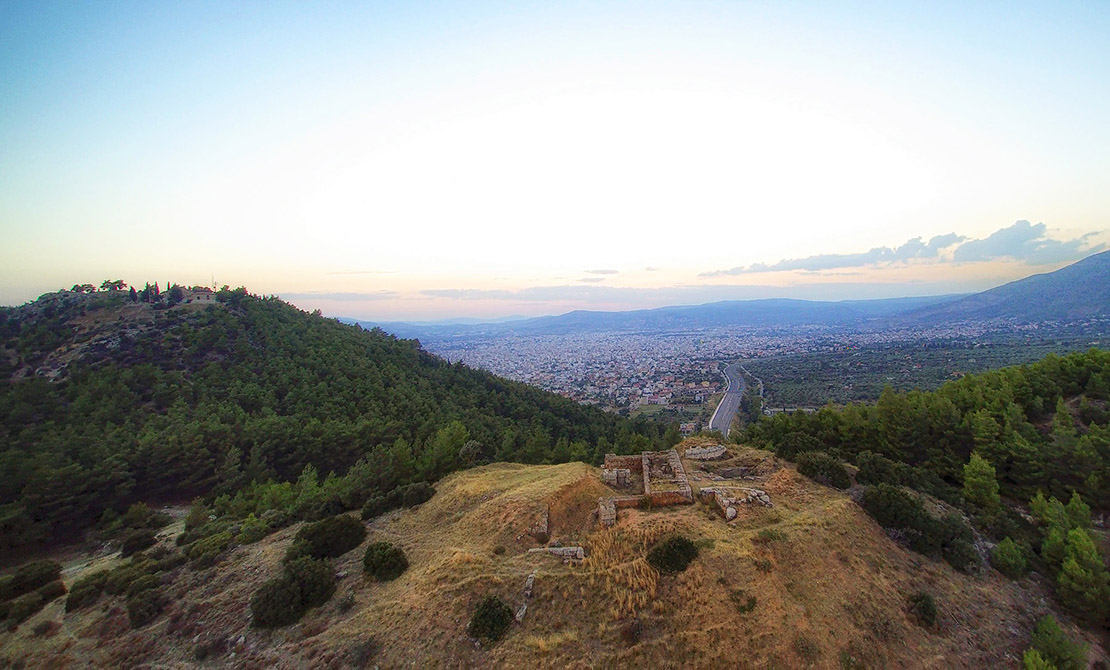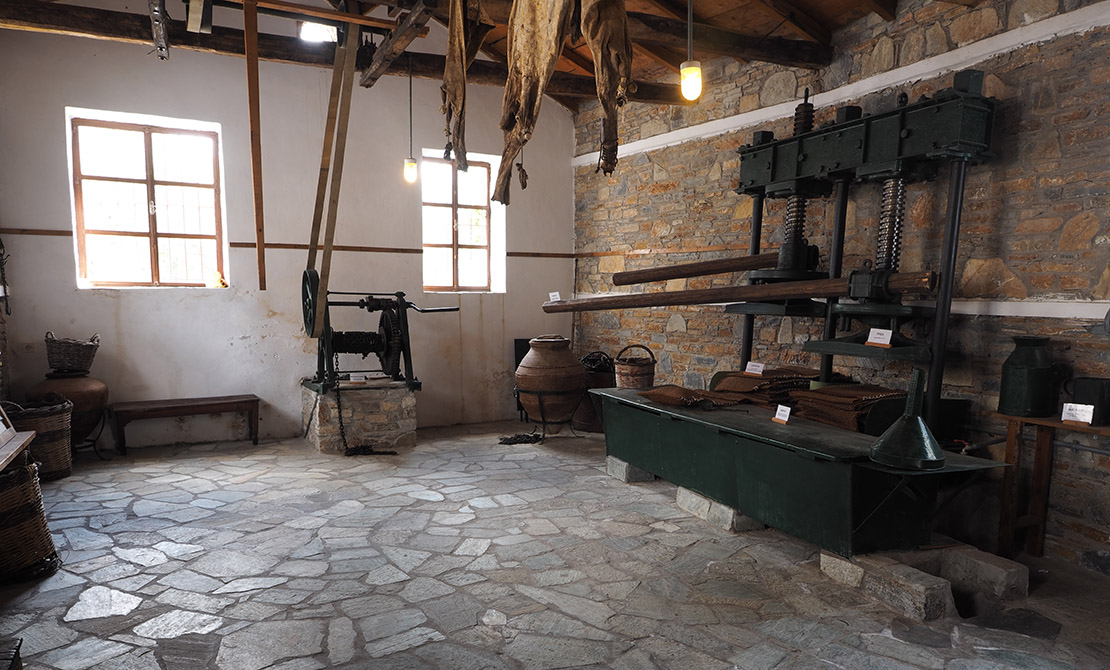
The hill of Goritsa
June 27, 2019
Hatzigiannis Traditional Olive Mill
June 27, 2019
Demetrias – The palace of the Macedonians
Telephone number:+30 24210 88091, +30 24210 87998
Demetrias is located 1.5km south of Volos. It was named after its founder Demetrius the Conqueror, who in the early 3rd century BC gathered the small villages in the area to create a city with a strategic location, both economically and politically strong. The area occupied by the city was inhabited in the late Neolithic era.
The city was fortified by a wall, which was reinforced with square towers and is preserved almost throughout its length, except for a section on the north side.
On the rocky hill, west of the ancient theater, lies the Memorial. It consists of a rectangular courtyard and a central building, which was lined with marble Ionic decoration. It is speculated that it was an unfinished tomb-mausoleum destined for the cult of Demetrius the Conqueror.
The famous written tombstones of Demetrias provide important information on the daily life in the city, the traffic of foreigners and the art of great painting. They were found on the wall, because they were used as building material in a subsequent repair.
The Theatre of ancient Demetrias was built during the Early Hellenistic period (first half of the 3rd century BC) and was repaired at least four times until the second half of the 4th century BC, when it was abandoned. Its stage was two-storey. On the west, the foundation of the foreground is preserved.
The orchestra has a diameter of 24.14m, the floors are constructed from compacted clay and it has a sewage drain all around its perimeter. The seats of the first row were made of gray marble, while the rest were made of limestone.
The aqueduct is probably a creation of the early 4th century AD. Today only the piers remain, over which the built-in channel carrying water from Pelion to Demetrias was supported. On a hill, in the eastern part of the city, stands the Palace. At the highest point of the hill a colonnaded courtyard with Doric columns has been revealed, with apartments at all three sides. On the north side, there are workshops and a big sewage drain. The palace had two floors, and a strong tower stood on its four corners. To the west of the complex of the peristyle courtyard, in lower terraces, the remaining areas of the palace complex extend, also in two storeys. The palace was abandoned after the end of the Macedonian rule in Greece (mid-2nd century BC). Part of it was used later, during the Roman period, as a cemetery.
